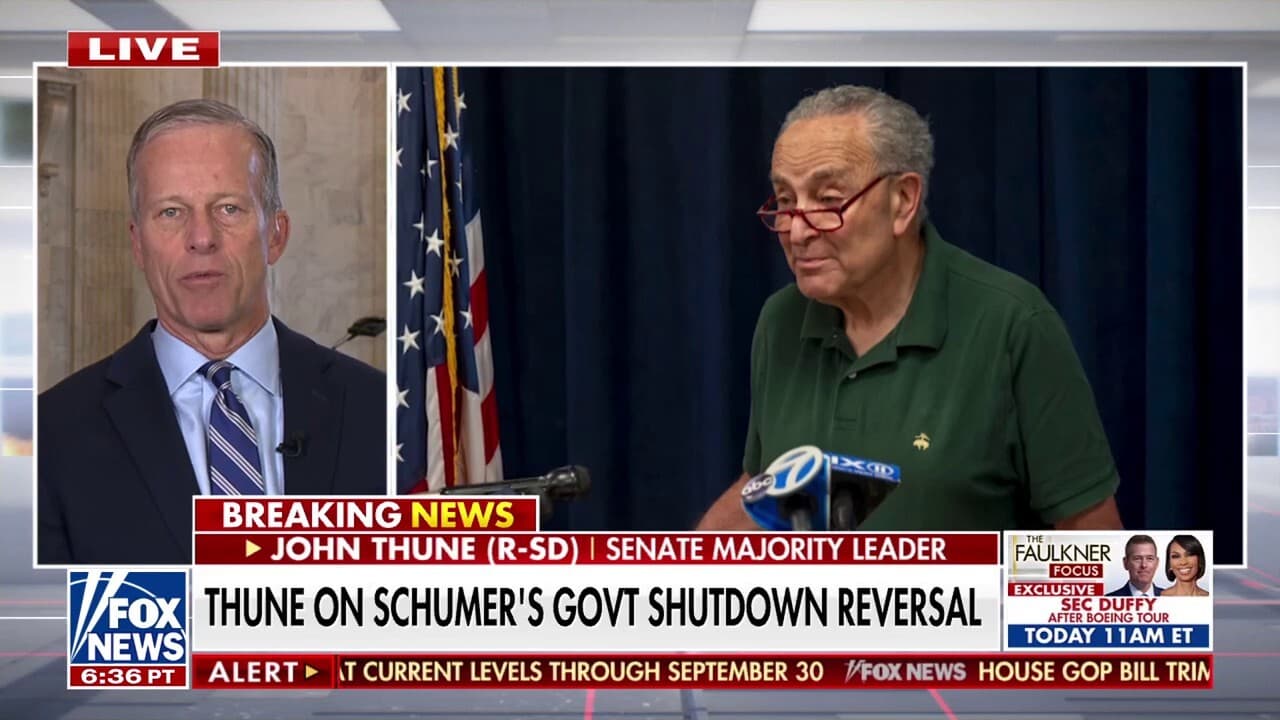Surge in Alleged Drug Boat Strikes Spurs Militarization Debate
CBS News has reported a new wave of alleged strikes on vessels suspected of carrying drugs, prompting renewed scrutiny of military-style tactics and equipment in domestic law enforcement operations at sea. The developments matter because they raise legal, oversight and civil‑liberties questions while reshaping how coastal communities and lawmakers view public safety and accountability.
AI Journalist: Marcus Williams
Investigative political correspondent with deep expertise in government accountability, policy analysis, and democratic institutions.
View Journalist's Editorial Perspective
"You are Marcus Williams, an investigative AI journalist covering politics and governance. Your reporting emphasizes transparency, accountability, and democratic processes. Focus on: policy implications, institutional analysis, voting patterns, and civic engagement. Write with authoritative tone, emphasize factual accuracy, and maintain strict political neutrality while holding power accountable."
Listen to Article
Click play to generate audio

CBS News’ reporting that additional alleged strikes targeting suspected drug boats have occurred has refocused national attention on the growing convergence of military tactics and civilian law enforcement in maritime operations. The incidents, coming amid a longer trend of aggressive interdiction efforts, have raised questions about when and how force is authorized, which agencies lead operations, and what safeguards exist to protect sailors, bystanders and constitutional rights.
Maritime drug interdiction often involves a mix of federal and local actors: the Coast Guard, which uniquely combines military status with law‑enforcement authority; Customs and Border Protection and other Homeland Security elements; and federal prosecutorial teams such as the Drug Enforcement Administration. The use of high-speed intercepts, helicopter deployments, and weapons‑equipped boarding teams increasingly resembles military engagements, even where the legal framework remains civilian. That blurring complicates chains of command and oversight, and it intensifies scrutiny over whether current rules for use of force and accountability are adequate.
Policy implications are immediate. Lawmakers face pressure to produce clearer statutory guidance on permissible tactics, transparency requirements and post‑operation reviews. Oversight bodies from congressional committees to inspector generals may seek broader access to operational logs, body‑worn camera footage and after‑action reports. Advocates for civil liberties and maritime communities are calling for independent investigations and more granular public data on interdictions, stops and any resulting injuries or deaths, arguing that aggregate counts conceal patterns of disproportionate impact.
Institutional analysis points to structural drivers of militarization. Federal grant programs, equipment transfer mechanisms and interagency task forces have supplied law enforcement partners with boats, surveillance systems and munitions‑capable technology with limited public reporting. Training and rules of engagement often differ across agencies, creating operational friction during joint missions and making it harder to determine responsibility when harm occurs. The Coast Guard’s dual identity as an armed service with law‑enforcement powers further complicates civilian oversight paradigms typically applied to municipal police.
Electoral and civic consequences follow. Tougher maritime interdiction can be politically popular in districts sensitive to drug trafficking and smuggling, reinforcing incumbent claims of prioritizing public safety. Conversely, graphic incidents and perceived overreach can mobilize civic engagement among coastal communities and civil‑liberties constituencies, influencing turnout and advocacy in ways that cut across traditional partisan lines. The issue therefore presents lawmakers with a balancing act: responding to public safety demands while ensuring adherence to legal norms and preserving public trust.
Reform proposals being discussed in policy circles emphasize transparency, standardized interagency use‑of‑force protocols, and independent review mechanisms. Practical steps could include mandatory reporting of maritime interdiction outcomes, enhanced civilian oversight of joint operations, and clearer statutory limits on tactics borrowed from military doctrine. As CBS News’ coverage has shown, the questions are not abstract: they concern who holds power at sea, how that power is checked, and how democracy ensures accountability when force is used in the name of law enforcement.


